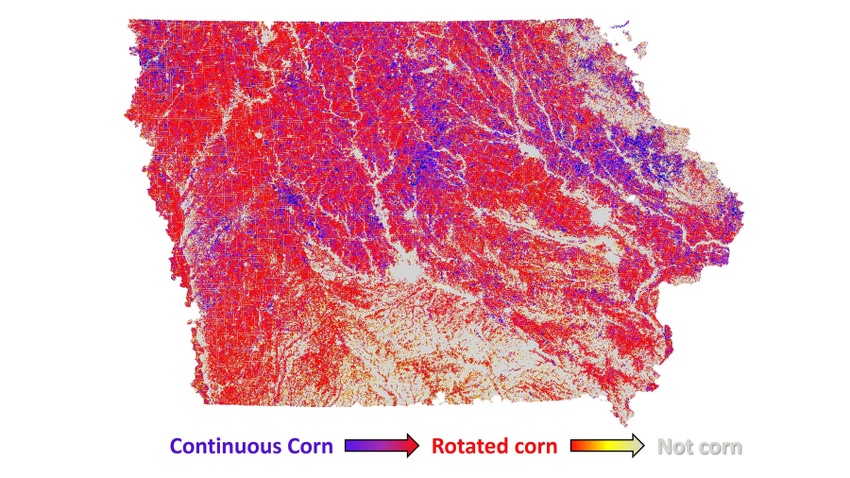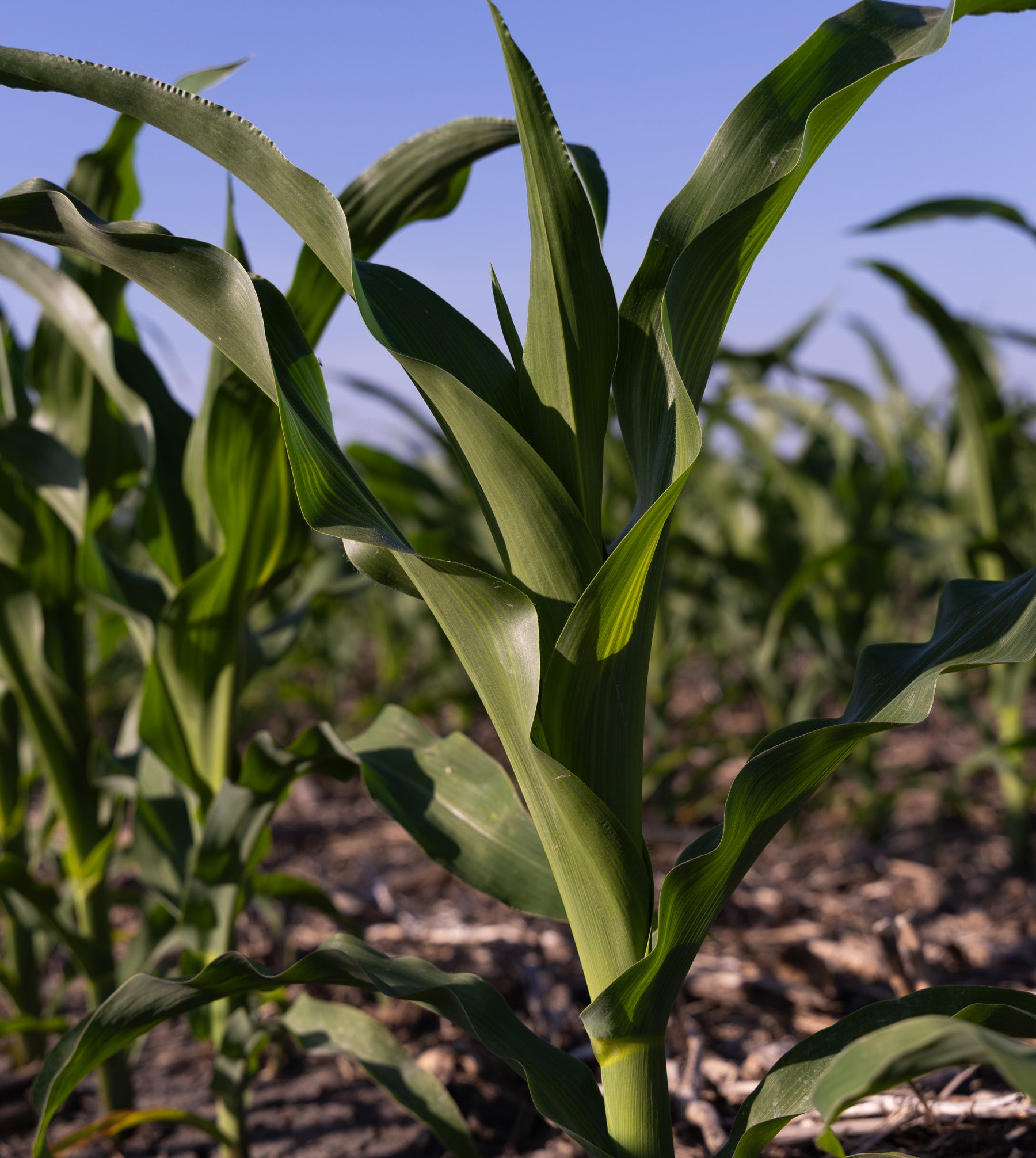February 7, 2024

by Ashley Dean and Erin Hodgson
Western and northern corn rootworms are persistent economic pests throughout Iowa and the Corn Belt. Historically, crop rotation has been an excellent strategy for managing rootworms. Planting other crops essentially starves larvae and resets the field so corn can be grown without injury to roots the following year.
Not surprisingly, both corn rootworm species have overcome crop rotation with “variant” populations after a few decades of exposure in the Corn Belt. The northern corn rootworm variant uses extended diapause to overcome rotation. Eggs persist in the soil for two or more years.
The western corn rootworm maintains the original one-year life cycle, except the females will deposit eggs outside of cornfields. These typically are soybean fields adjacent to corn. By depositing eggs in soybean, those larvae are likely to hatch next year into corn.
Why more variants?
The presence of rotation “variants” is typically found on farms with a long history of crop rotation. However, reports from the last few growing seasons have indicated first-year injury to corn is seemingly more widespread. The question is why are variants and resulting root injury more common?
It is difficult to confirm variant populations because there is no visual difference between “normal” beetles and variants. No reliable genetic markers also exist at this time.
Knowledge of corn rootworm biology can help with the diagnosis. Since corn rootworm larvae are not known to feed on anything except corn roots, there should not be larval feeding on corn roots in first-year cornfields because crop rotation should have managed the issue.
Capturing adults coming out of the soil, finding larvae or pupae in the soil, or finding root injury in a first-year cornfield are the most likely indicators of a variant population. Seeing adults active in corn and soybean fields throughout the growing season — either using sticky traps or visual counts — is not a reliable way to diagnose variants because adults are highly mobile. Both western and northern corn rootworm adults will leave cornfields in search of nitrogen-rich pollen sources to fertilize eggs and generally return to corn to lay eggs.
The most common complication with diagnosing variants is volunteer corn or large patches of weeds in soybean fields. Since these plants flower later than a typical cornfield, beetles will congregate outside of cornfields for pollen. Sometimes, beetles will lay eggs at the base of volunteer corn plants. If populations are high enough, this could cause root injury to corn the following year, even though the population may not be a variant.
Determine the risk of variants by scouting every field for larvae using the float test or assessing root injury using the ISU 0-3 Node-Injury Scale. However, do not rely on estimates of adult activity to diagnose variants. Root injury by variants may not be obvious until a large proportion of the population has the trait, but corn planted in rotation should not have root injury from corn rootworms.
Use existing tools
Little research has been conducted since variants were first confirmed in the 1980s, and there are no research-based management recommendations for variant populations. However, many of the tools available for normal corn rootworm populations are likely to work on variants. If populations are extremely high, farmers could consider an extended rotation — more than one year away from corn. A corn-corn-soybean rotation has not proven effective and will likely lead to extensive root injury in the second year of corn.

SAME TOOLS HELP: One positive about corn rootworm variants is many of the tools used to manage “normal” rootworm populations also work on variants. If populations are extremely high, farmers could consider an extended rotation — more than one year away from corn. (Gil Gullickson)
If a field has a history of injury to first-year corn or if scouting determines there is a risk to first-year corn, consider using a soil-applied insecticide or a hybrid with transgenics (Bt or RNAi) for corn rootworm. Keep in mind that most populations of western corn rootworm in Iowa have some level of resistance to available Bt traits, but resistance to Bt by northern corn rootworm is still not understood in Iowa. Both species are adaptable to using the same management strategy for an extended period.
Dean is a specialist for field crop entomology and Hodgson is an entomologist, both at Iowa State University Extension.
Read more about:
Corn RootwormYou May Also Like




